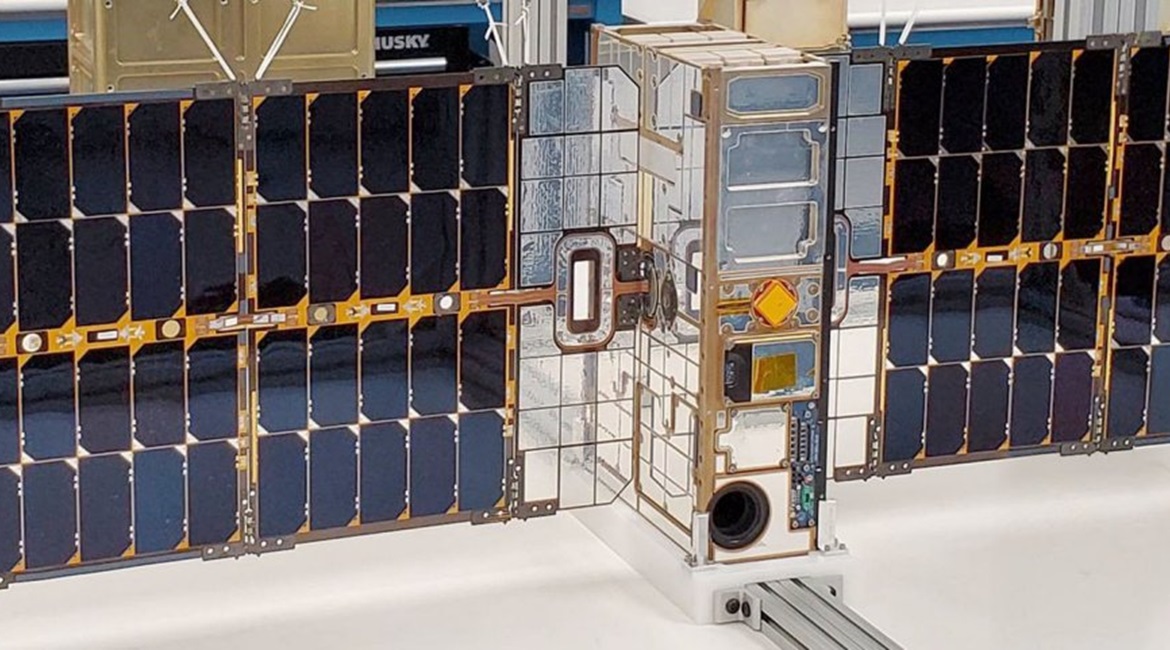
Lockheed Martin plans to launch the second of its Pony Express satellite payloads by mid-2021, the company has told Jane’s , expanding military users’ ability to exploit a range of applications through a software-defined architecture.
Pony Express 1 was launched as a hosted payload on the Tyvak-0129 nanosatellite in December 2019. It is a dual-use payload, according to Lockheed Martin, testing space-to-ground remote sensing and developing mesh networks in space.
Pony Express 2 will enable space-to-space networking between the two payloads, said Mike Drews, Lockheed Martin’s programme director for Pony Express, although eventually many more satellite-based payloads could join these in a mesh network. This would be useful because of the processing power that it would present, and its adaptability, he said.
This is underpinned by four key technologies, Drews explained. The first is the mesh network concept, which enables the satellites to communicate among one another and utilise each other’s capabilities. This is powered by the company’s HiveStar software, which facilitates adaptive mesh communications between satellites and shared processing capabilities. According to Lockheed Martin, this “can take advantage of sensors aboard other smart satellites to customise missions in new ways previously difficult to achieve in space”.

Pony Express was launched in December 2019 on a cubesat, pictured here. (Tyvak)
The second is the ability to move processing – taking raw data and turning it into something useful, such as an image – between the ground and the cloud. This would be similar to using cloud computing on earth, although “it would be transparent to the user whether it was in space or on the ground or some combination”, Drews said.
Looking to read the full article?
Gain unlimited access to Janes news and more...






